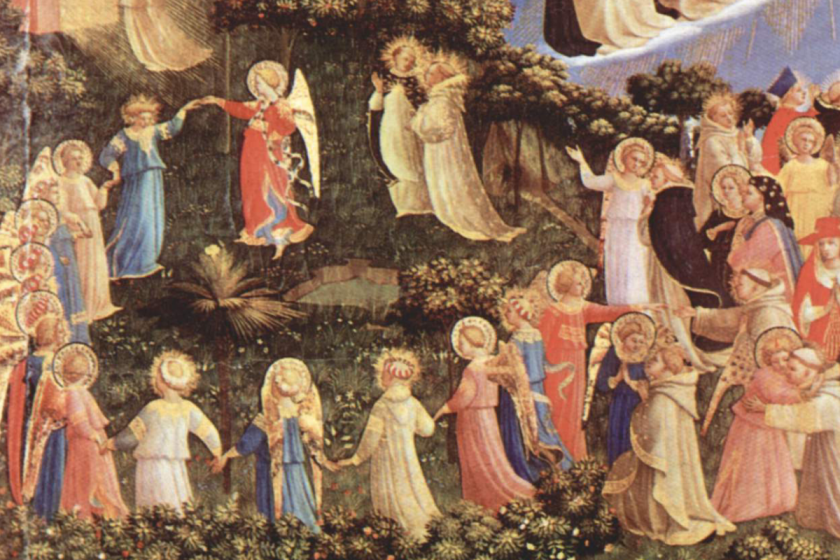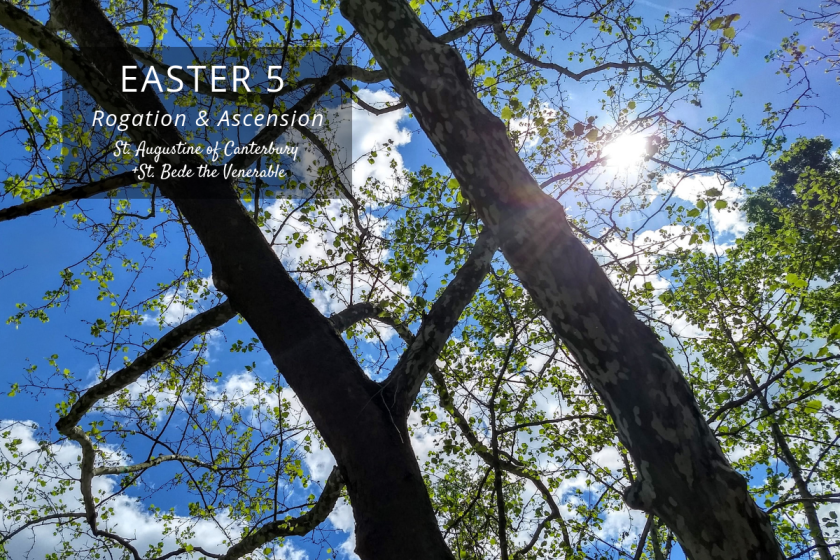Holy Week at Home: A Pandemic Guide
Thank you to Jay and Emelie Thomas for putting together this guide to Holy Week at Home. We are grateful to be able to share something tailored specifically for this year, in addition to the resources we already have. Jay and Emelie are young parents who are constantly learning how to “raise up their children in the way they should go” through the historic rhythms and practices of the Church. They both hold degrees in English Literature from the U.S. Naval Academy. Jay is a Postulant in the Special Jurisdiction of the Armed Forces and Chaplaincy (ACNA), and both Emelie and Jay are resident in the Anglican Diocese of Christ our Hope. The COVID-19 Pandemic has brought with it an uncannily sheltered and isolated Lenten season. Many have commented that it is perhaps appropriate that we have endured this societal fast during a season of fasting. Although we do not intend to say the same, we will say that as we prepare for Holy Week, the Triduum, and Eastertide – as much as this season …









